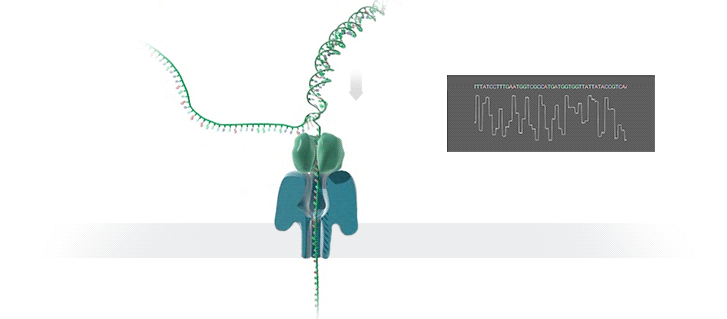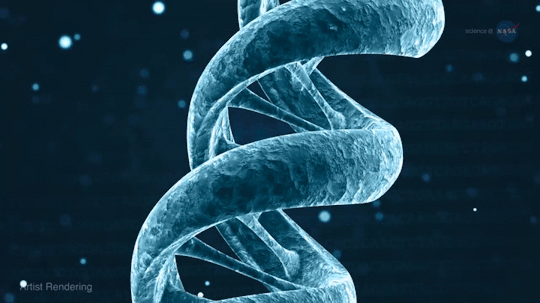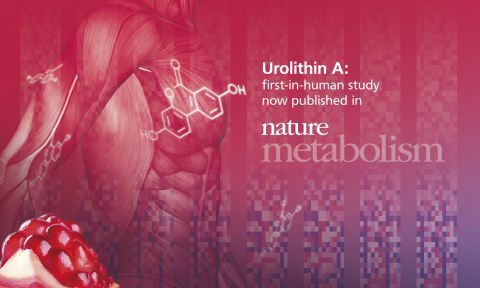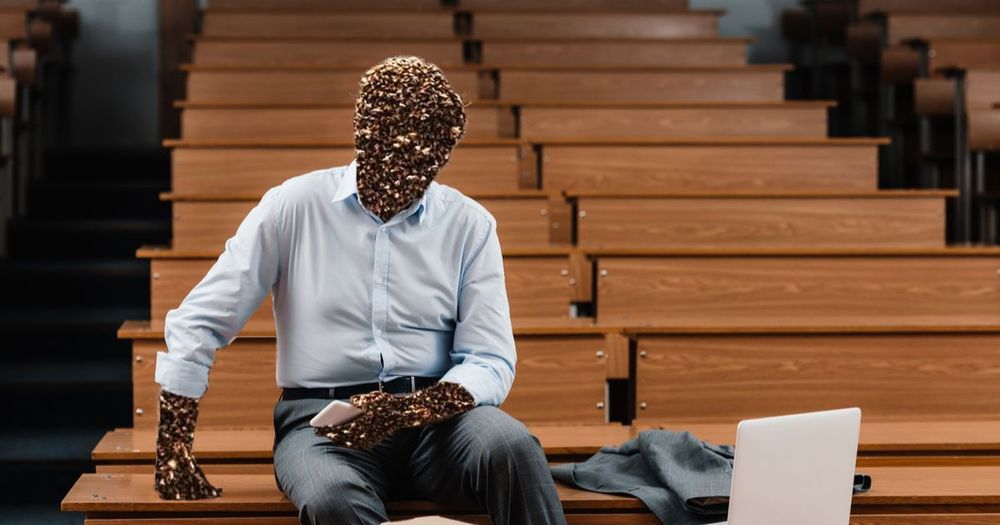Conclusions:
Extremely low frequency electromagnetic fields aren’t considered as a real carcinogenic agent despite the fact that some studies have showed impairment of the DNA integrity in different cells lines. The aim of this study was evaluation of the late effects of a 100 Hz and 5.6 mT electromagnetic field, applied continuously or discontinuously, on the DNA integrity of Vero cells assessed by alkaline Comet assay and by cell cycle analysis. Normal Vero cells were exposed to extremely low frequency electromagnetic fields (100 Hz, 5.6 mT) for 45 minutes. The Comet assay and cell cycle analysis were performed 48 hours after the treatment.
Exposed samples presented an increase of the number of cells with high damaged DNA as compared with non-exposed cells. Quantitative evaluation of the comet assay showed a significantly (0.001) increase of the tail lengths, of the quantity of DNA in tail and of Olive tail moments, respectively. Cell cycle analysis showed an increase of the frequency of the cells in S phase, proving the occurrence of single strand breaks. The most probable mechanism of induction of the registered effects is the production of different types of reactive oxygen species.
The analysis of the registered comet indices and of cell cycle showed that extremely low frequency electromagnetic field of 100 Hz and 5.6 mT had a genotoxic impact on Vero cells.








